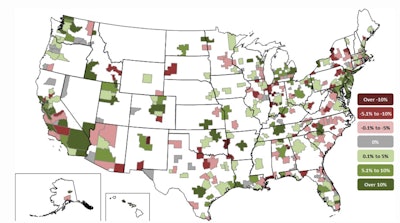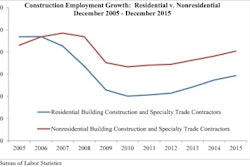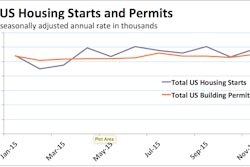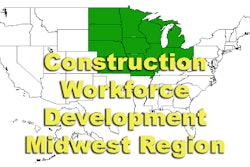
Metro areas of Riverside-San Bernardino-Ontario, Calif., and Weirton-Steubenville, W.Va.-Ohio, topped the growth list while Fort Worth-Arlington, Texas, and Watertown-Fort Drum, N.Y., experienced the largest yearly declines.
Construction employment increased in 180 out of 358 metro areas, was unchanged in 46 and declined in 132 between October 2014 and October 2015, according to a new Associated General Contractors of America (AGC) analysis of federal employment data. Association officials attributed the fact that over half of the nation’s metro areas added construction jobs to growing demand for construction but cautioned that labor shortages could be impeding employment growth in parts of the country.

















